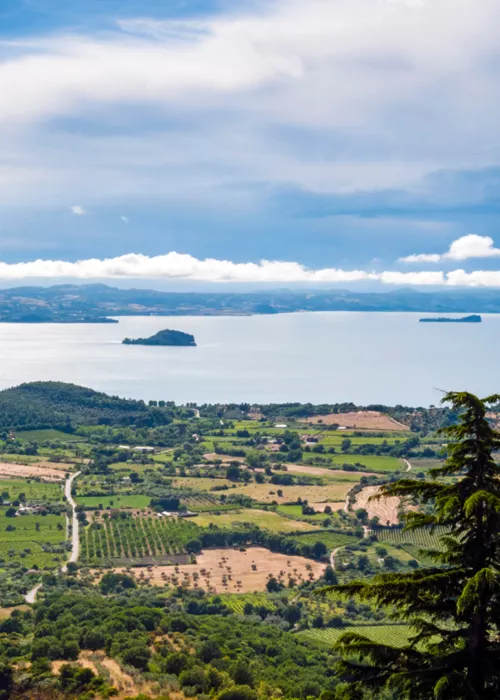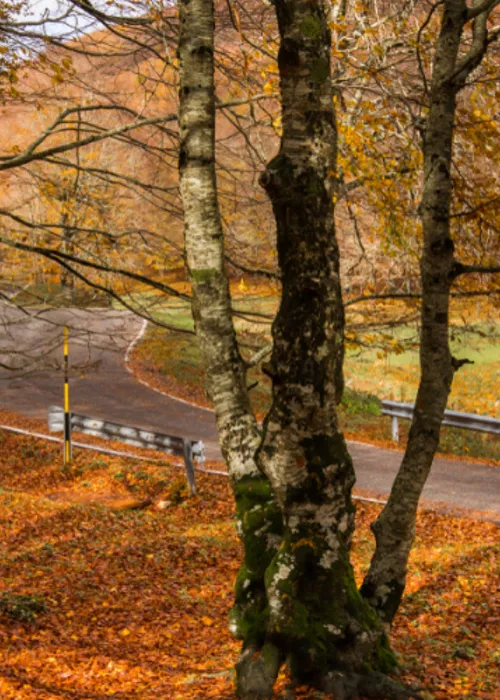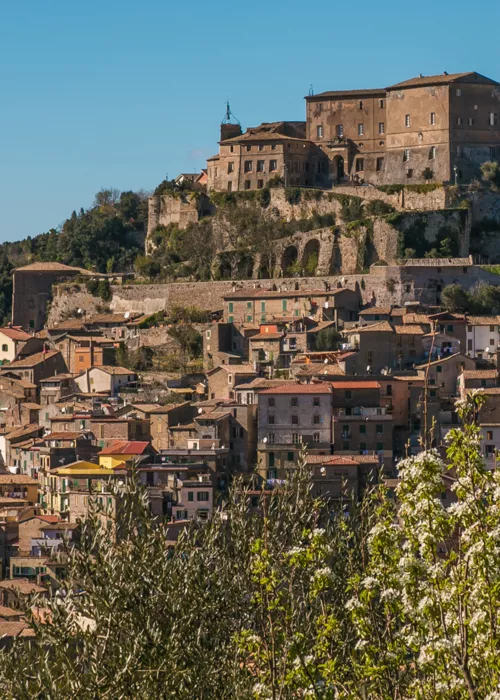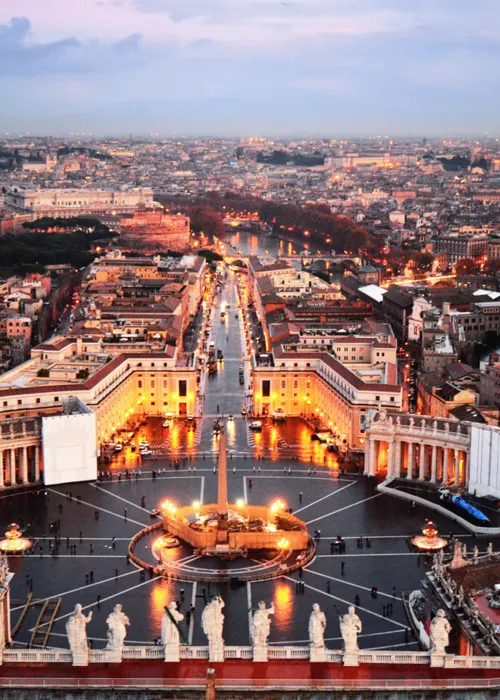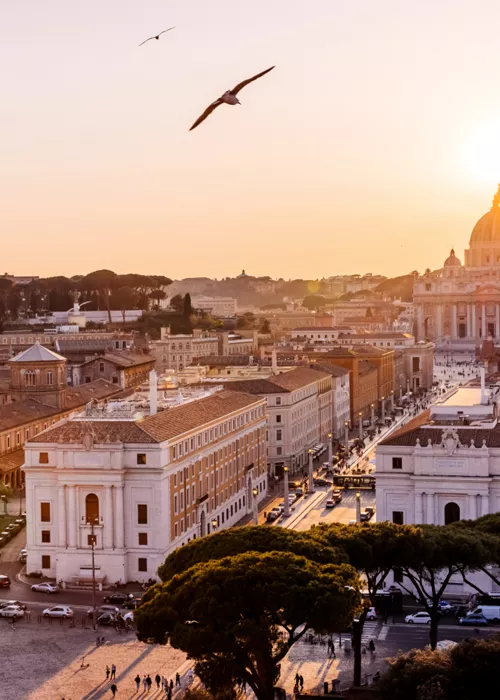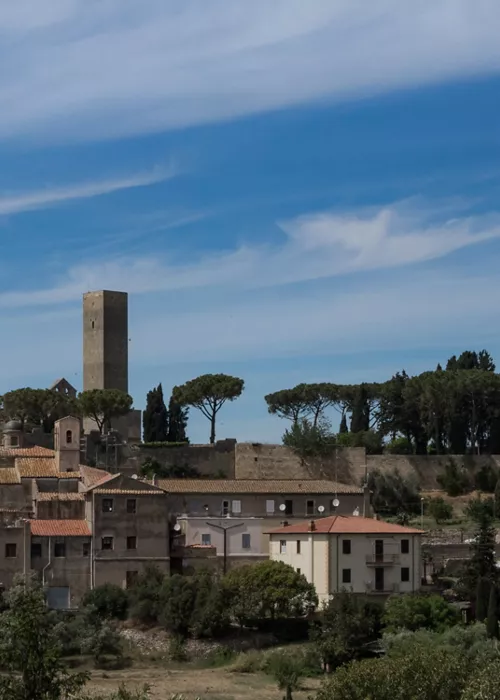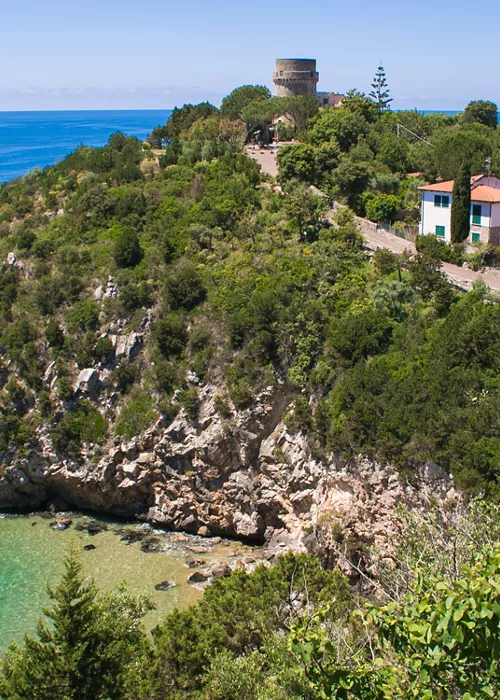The "Slaughterhouse"

Spend a half-day at the Slaughterhouse, in one of the capital's main venues for contemporary art, a space for art, culture and more. The "container" is already a work of art in itself: the complex is an interesting example of 19th-century industrial architecture, and until 1975 it housed the city's main slaughterhouse. Walking through the complex, you'll find spaces used for exhibitions, shows and workshops: the Slaughterhouse is now a thriving cultural centre. Particularly impressive is the main pavilion, the Pelanda, which consists of a large central aisle surmounted by metal frames.
In 2002, two pavilions were given to Rome's MACRO Museum of Contemporary Art, which you can find in the Porta Pia district. Today, both these stunning spaces are an integral part of the "Slaughterhouse" project and are particularly suitable for installations and exhibitions.
Testaccio Market

The heart of Testaccio was once a large indoor market. There is now a new one, housed inside a modern, minimalist building designed to recreate the atmosphere of the outdoor market, but inside and sheltered from the hot sun. Always colourful and noisy, the market is still the perfect setting for neighbourhood life. Listen to the calls of the vendors peddling their wares as you wander among the stalls laden with fruit, vegetables but also clothes, shoes and hats. There's a bit of everything, even a counter selling pumpkin flowers, plus vintage stalls, a fish counter, a book stall, a tailor's and a wine seller. The real highlight of the day is lunchtime, when everyone turns their attention to the takeaway deli counters, where tourists and Romans, office workers and teenagers all come to enjoy the excellent street food. The produce is fresh, the dishes taste as good as they look, and the ingredients are all top quality.
Non-Catholic Cemetery

Here we are at the Non-Catholic Cemetery. In the background you can hear the buzz of the city, people's voices, the hum of traffic and horns beeping. But inside, there is silence and an oasis of tranquillity. Under the shady trees lie the graves of non-believers and people who for political or religious reasons did not want a Catholic burial. They include famous names, such as the poet John Keats, whose plain headstone is engraved with a line of verse: “Here lies one whose name was writ in water”, or his fellow poet Shelley who after visiting the graveyard, wrote of it: "It might make one in love with death, to think that one should be buried in so sweet a place”. In fact, walking among the cypresses and tombstones does have a rather relaxing and romantic effect. Other graves to look out for among the 4000 headstones include one containing the ashes of politician and philosopher Antonio Gramsci, the grave of the beat generation poet Gregory Corso, or the writers Carlo Emilio Gadda and Andrea Camilleri. Finally, look for one of the most-photographed statues, the Angel of Pain. Many reproductions have been made of this sculpture, but the original is still here. Dating from 1894, it was sculpted by the American artist William Wetmore Story, for the tomb where he rests with his wife.
Caius Sextus Pyramid

This ancient presence, incongruous and absolutely identical to an Egyptian pyramid, stands near the Metro station, just outside the cemetery, in the middle of the intersection just outside Porta S. Paolo. At 36 metres high and 30 wide, the pyramid is made from marble and brick. It was built as a tomb for Caius Cestius, a politician who lived in the 1st century BC. About four centuries later, it was incorporated into the Aurelian Walls near the arch. This part of Rome is known as "la Piramide". Why not book a guided tour inside: it's the only way to discover the frescoed tomb inside.






